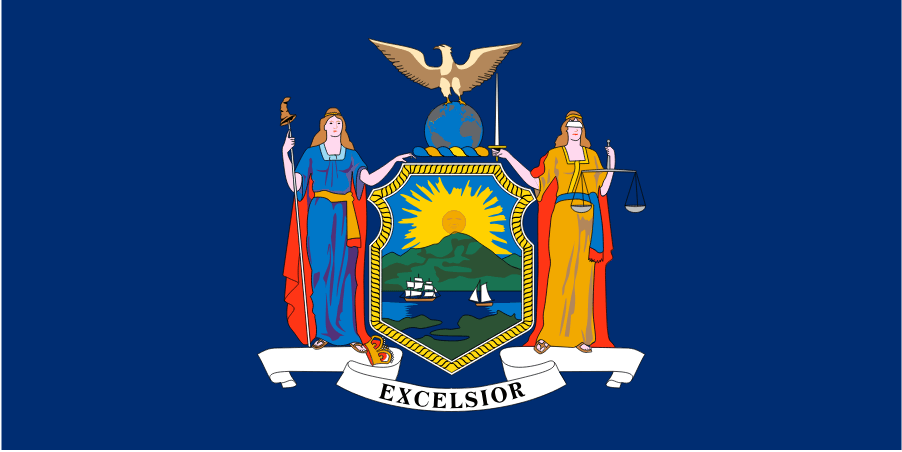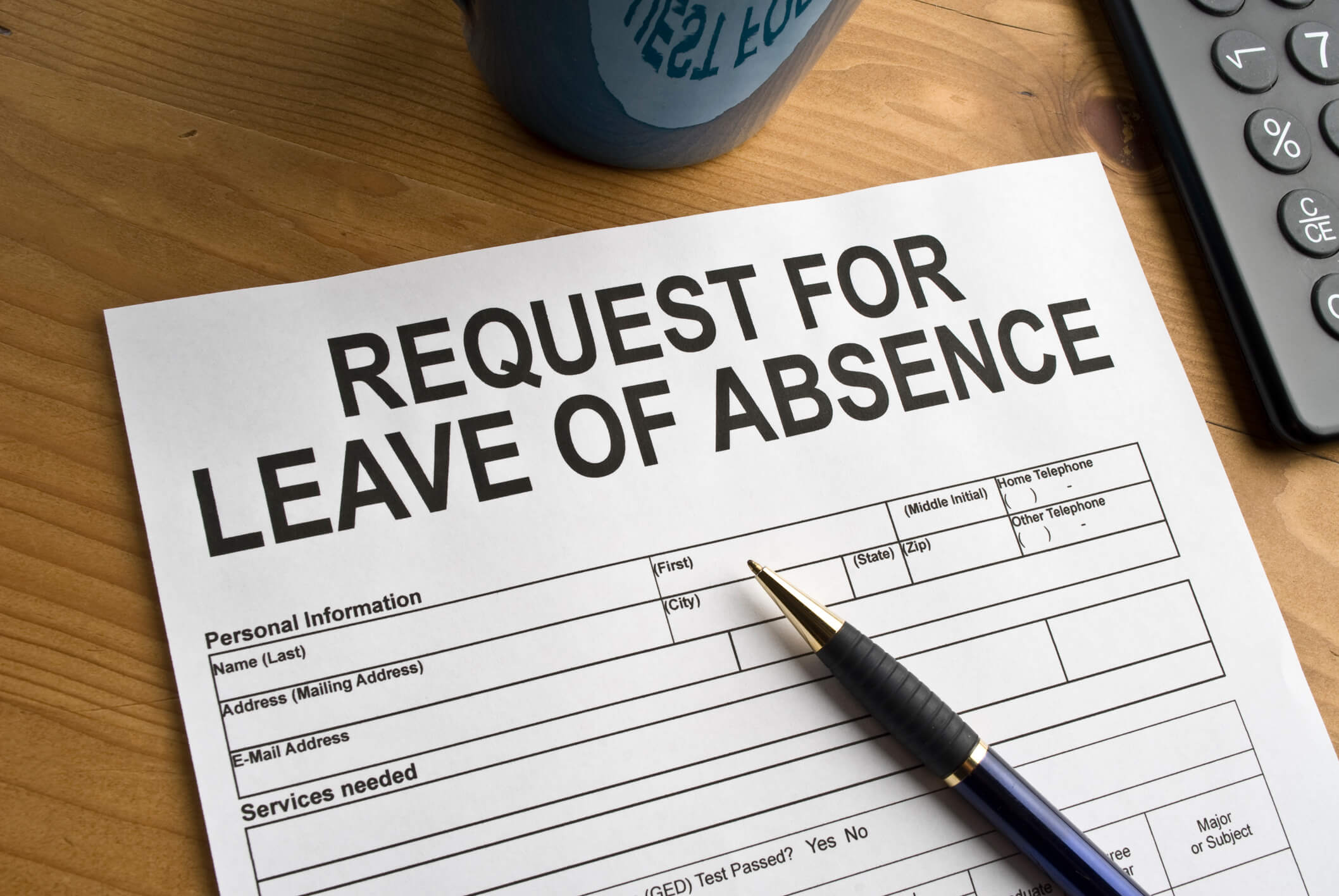On September 15, 2023, the New York City Department of Consumer and Worker Protection (DCWP) adopted new amended rules related to New York City’s Earned Safe and Sick Time Act (ESSTA). The amended rules are aimed at codifying the New York City Council’s 2020 statutory amendments to the ESSTA, which were passed to align with state leave requirements, as well as provide necessary clarification and guidance for compliance. Additionally, the amended rules make several changes to how the ESSTA will be implemented, including clarifying how employer size will be determined, illustrating how remote workers will be counted, and expounding on notice requirements and accrual methods. The amended rules take effect on October 15, 2023.
Quick Hits
- The New York City Department of Consumer and Worker Protection adopted amended rules that codify 2020 amendments to the ESSTA and provide clarification and guidance for compliance in areas such as employer size, treatment of remote workers, notice requirements, and accruals.
- The ESSTA requires employers to provide safe and sick leave to eligible employees working in New York City.
- The amended rules take effect on October 15, 2023.
Overview of the ESSTA
The ESSTA requires employers to provide safe and sick leave to employees working in New York City for the care and treatment of themselves or a family member and to seek legal and social services assistance or take other safety measures if the employee or a family member may be the victim of any act or threat of domestic violence or unwanted sexual contact, stalking, or human trafficking. The amount of safe and sick leave is dependent on employer size:
- Employers with one hundred or more employees must provide up to fifty-six hours of paid leave each calendar year.
- Employers with five to ninety-nine employees must provide up to forty hours of paid leave each calendar year.
- Employers with four or fewer employees and a net income of $1 million or more must provide up to forty hours of paid leave each calendar year.
- Employers with four or fewer employees and a net income of less than $1 million must provide up to forty hours of unpaid leave each calendar year.
- Employers with one or more domestic workers must provide up to forty hours of paid leave each calendar year; employers with 100 or more domestic workers must provide up to fifty-six hours of paid leave each calendar year.
The ESSTA provides that eligible employees begin to accrue safe and sick leave at the start of employment at a rate of one hour for every thirty hours worked. There is no waiting period and new employees may begin using safe and sick leave after it is accrued. In the alternative, employers may frontload safe and sick leave at the beginning of the calendar year.
Here is an overview of some of the key parts of the new amended rules.
Employer Size
The amended rules specify the method for determining the size of employers, clarifying that it is based on employers’ “total number of employees nationwide” and is determined by the “highest total number of employees concurrently employed” during a calendar year. That count will include part-time employees, employees jointly employed by more than one employer, and employees on paid or unpaid leave, including sick/safe time leave.
The amended rules will further implement thresholds for increases in the number of employees when employers’ obligation to provide safe and sick leave attaches. For employers that increase the number of employees from below five to more than five but fewer than ninety-nine, they will have to provide forty hours of paid safe and sick leave “prospective from the date of the increase.” While employers will be required to allow employees to take the full forty hours, the amended rules specify that the leave will be less the time an employee has already taken.
For employers that increase the number of employees during a calendar year to one hundred or more, employees will be entitled to take up to fifty-six hours of safe and sick leave “prospective from the date of such increase.”
In the event there is a reduction in the number of employees, an employer may not reduce leave entitlements until the following calendar year.
Remote Employees and Primary Work Location
The new rules address the growing number of employees who are working from home or working remotely. Under the amended rules, employees who are telecommuting “while physically located outside of New York City” will not be considered to be “‘employed for hire within the City of New York,’ even if the employer is located in New York City.” Still, under the amended rules, an employee who is based outside of New York City will be counted for ESSTA purposes if the employee is “expected to regularly perform, work in New York City during a calendar year” but only hours worked by such an employee in New York City will count toward the accrual of safe and sick leave.
The amended rules provide examples of how this will apply. An employee who lives and primarily works in New Jersey but who is expected to regularly cover shifts in New York City will accrue safe and sick leave under the ESSTA for those hours worked in the city. However, an employee who lives out of state, works for a company based in Manhattan, and is expected to travel to the city to attend meetings approximately twice a year would not be covered.
Accruals
The amended rules clarify that employee accrual of safe and sick time “must account for all time worked, regardless of whether time worked is less than a 30-hour increment.” In cases in which the time worked is less than a thirty-hour increment, “employers may round accrued safe and sick time to the nearest five minutes, or to the nearest one-tenth or quarter of an hour, provided that it will not result, over a period of time, in a failure to provide the proper accrual of safe and sick time to employees for all of the time they have actually worked.”
Notice Requirements
Under the ESSTA, employers may require employees to provide reasonable notice of the need to use safe and sick leave. The amended rules clarify that employers must provide “the requirement to provide notice and the method of providing notice” in a written policy. The policy must explain the methods by which employees are to provide such notice, including in cases of unforeseeable absence. The rules provide additional examples of “reasonable procedures” to provide such notice when an absence is not foreseeable. The rules clarify that an absence is deemed foreseeable when an employee is aware of the need to use safe and sick leave seven days or more in advance of such use. In all other instances, the leave will deemed unforeseeable.
Reasonable Written Documentation
Under the ESSTA, an employer may require “reasonable written documentation” indicating the need for leave from an employee who uses safe and sick leave for three consecutive work days. The amended rules clarify that such reasonable documentation for the use of sick time includes a document “signed by a licensed clinical social worker, licensed mental health counselor, or other licensed health care provider.” The amended rules further clarify that for the use of either safe or sick time, an employer will not be allowed to require an employee to disclose details of the underlying reason for the leave, aside from the dates the employee needs for the safe or sick leave.
Further, the amended rules state that employers will not be allowed to require employees to provide “additional” documentation from a second health care provider for either safe or sick leave. An employer that does require employees to provide reasonable documentation will be required to “set forth this requirement, along with the types of reasonable written documentation the employer will accept and instructions on how employees can submit” in its required written safe and sick leave policy. Additionally, the amended rules state that employers will be required to reimburse employees if a health care provider charges for the production of such reasonable documentation. Procedures for seeking reimbursement must also be included in the safe and sick leave policy.
Reporting and Disclosure of Safe and Sick Time
The amended rules clarify that employers will be required to inform employees on their paystubs of the amount of safe and sick leave used during the pay period and the balance of accrued time remaining. In situations where the total accrued time is greater than what is available for use in the calendar year, employers will be required to inform employees on their pay statements or on other forms of written documentation of the balance available for use in the calendar year.
Domestic Workers
The amended rules specify that domestic workers are entitled to the safe and sick leave as are other covered employees under the ESSTA. A domestic worker is defined as an employee “who provides care for a child, companionship for a sick, convalescing or elderly person, housekeeping, or any other domestic service in a home or residence whenever such person is directly and solely employed to provide such service by an individual or private household” but not a person who is employed by an agency.
Rate of Pay
The amended rules clarify that an employer must pay an employee for paid safe and sick leave “at the employee’s regular rate of pay at the time” the leave is taken so long as it is not less than the “highest applicable rate of pay” the employee would be entitled to under New York State Labor Law or other applicable state, federal, or local law.
Sale of Business
The amended rules specify that employees are entitled to their accrued safe and sick time through any sale or transfer in corporate ownership of the business or a change in a subcontracting relationship between corporate entities. Both the original employer and the successor may be held jointly liable for not properly transferring employees’ accrued safe and sick time.
Penalties
The amended rules clarify how employers will be considered to have violated the ESSTA by maintaining an “official or unofficial policy or practice of not providing or refusing to allow the use of accrued safe/sick time.” The amended rules state that a reasonable inference will be drawn against an employer if the employer fails to maintain and distribute a safe and sick time policy required by the ESSTA and “fails to maintain adequate records of employees’ accrued” time and balances. The amended rules further highlight other evidence that will be considered as evidence of a violation, including unlawful barriers to the use of safe and sick time, such as requirements that employees find coverage for their missed time, probationary periods that prevent employees from using time as it accrues, or the failure to properly carry over accrued time as required.
Next Steps
Employers in New York, and specifically New York City, may wish to review their current policies and make any necessary revisions based on the new rules. Employers may also want to review with and train supervisors and human resources professionals to ensure compliance and update existing practices to align with the above updates.
Ogletree Deakins’ New York office will continue to monitor developments and will provide updates on the Leaves of Absence and New York blogs.
Follow and Subscribe






